Elk Hunting Tips: Your Comprehensive Guide to Bringing Home the Bull
Posted by Mandu Moses on Sep 12th 2025
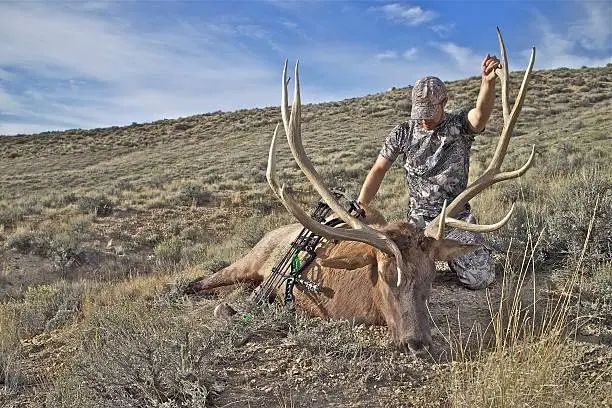
Credits: Rodneymac
Elk hunting… It's more than just pulling a trigger, right? It's about the challenge, the connection to nature, and that feeling of accomplishment when you outsmart one of the most majestic animals in North America. I still remember the first time I saw a bull elk in full rut – bugling loudly enough to shake the ground. That's what got me hooked, and hopefully, this guide will help you experience that same thrill. We'll cover everything from pre-hunt prep to calling tactics.
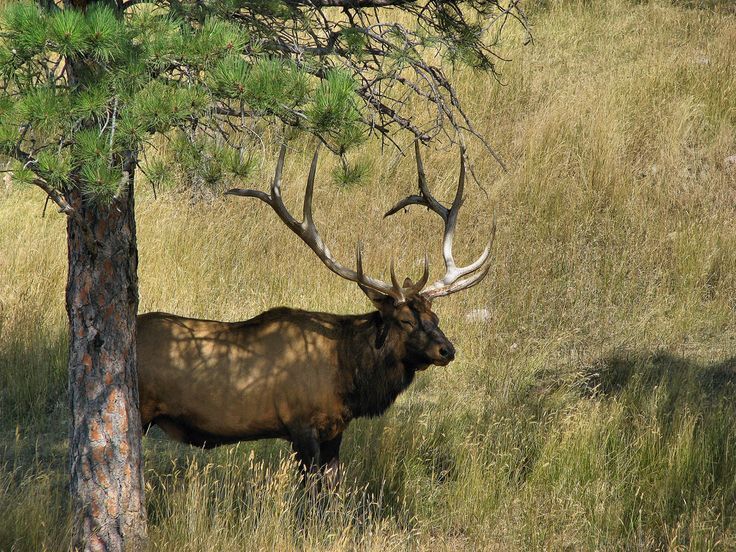
Elks, known for their keen senses and elusive nature, present a formidable challenge to even the most seasoned hunters. To enhance your chances of a successful hunt, it's imperative to equip yourself with comprehensive knowledge and effective strategies.
1. Pre-Season Scouting: Laying the Groundwork
Effective elk hunting begins long before the season opens. Pre-season scouting allows you to familiarize yourself with the terrain, identify elk habitats, and understand their movement patterns. Here's how to approach it:
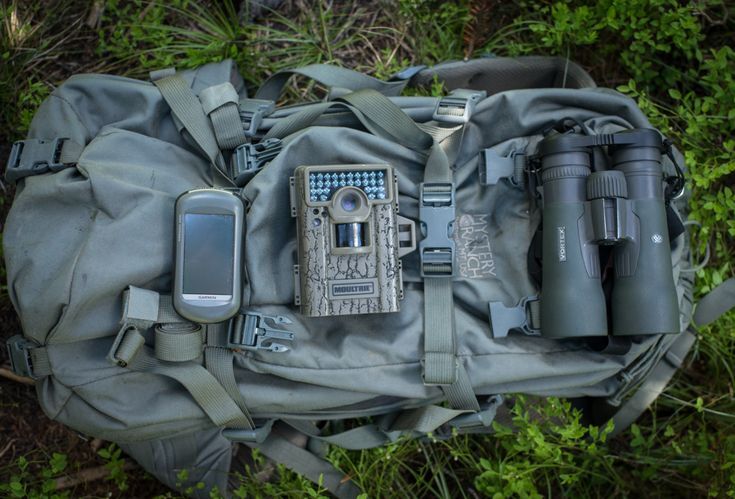
Credit: Danner
- Utilize Topographical Maps and Aerial Imagery: These tools help pinpoint potential feeding areas, bedding sites, and water sources. Focus on flat spots amid steep slopes, as elk often use these areas for bedding and as travel corridors.
- On-the-Ground Exploration: Nothing substitutes for firsthand experience. Hike through the area to identify signs of elk activity, such as tracks, droppings, and rubs on trees. Pay attention to heavily used wallows and trails, which indicate frequent elk presence.
- Set Up Trail Cameras: If permitted, trail cameras can provide invaluable insights into elk behavior and movement, especially in dense forests where visibility is limited.
- Digital Scouting: Google Earth and OnX Maps are your friends. They let you virtually explore your hunting area and identify potential hotspots from the comfort of your couch. Look for meadows, aspen stands, and water sources – elk magnets!
2. Understanding Elk Behavior and the Rut
The rut, or mating season, significantly influences elk behavior and can vary based on geographic location. In the Northern Hemisphere, the rut typically occurs between mid-August and mid-October. During this period, bulls become more vocal and less cautious, presenting unique opportunities for hunters.
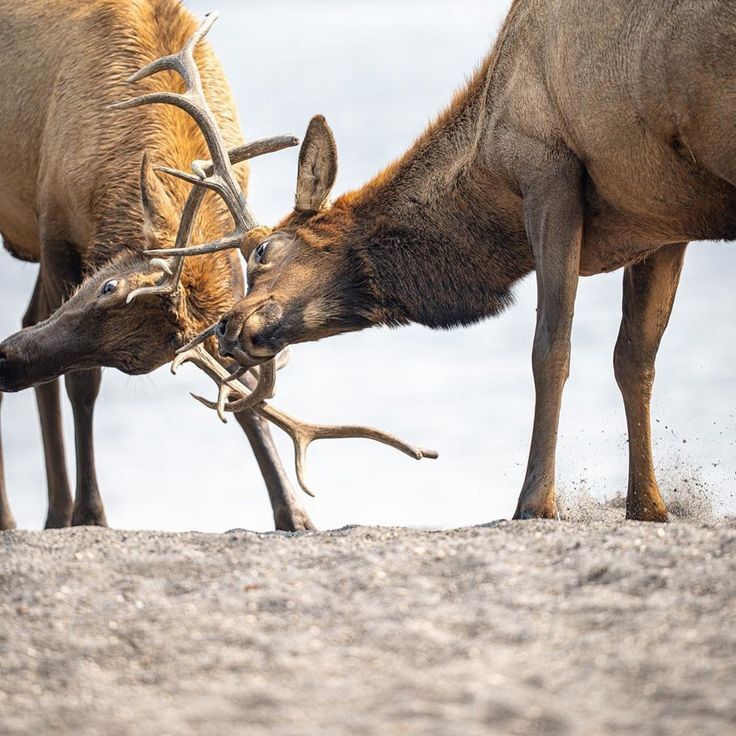
- Vocalizations: Elk use various calls during the rut, including bugles and cow calls. Understanding these sounds and their meanings can aid in effective communication and strategy formulation.
- Behavioral Patterns: Bulls will often engage in sparring matches and display aggressive behaviors to establish dominance. Recognizing these patterns can help in predicting their movements and planning your approach.
3. Prioritizing Scent Control and Wind Awareness
Elk possess an acute sense of smell, making scent control and wind awareness paramount.
- Understand Wind Patterns: Mountainous terrains have dynamic wind patterns. Mornings often feature uphill thermals, while evenings see downhill movements. Always position yourself downwind of your target to minimize detection.
- Use Wind Checkers: Regularly monitor wind direction using tools like wind checkers or even simple methods like releasing dry grass or leaves into the air. This practice helps in making real-time adjustments to your approach.
4. Physical Preparation: Conditioning for the Hunt
Elk hunting is physically demanding, often requiring traversing rugged terrains and covering significant distances.
- Cardiovascular Fitness: Engage in regular aerobic exercises such as hiking, running, or cycling to build endurance. This preparation ensures you can handle the strenuous activities associated with elk hunting.
- Strength Training: Focus on building strength, particularly in the legs, back, and shoulders. These muscle groups are crucial for navigating steep terrains and carrying equipment or game meat.
- Acclimatization: If you're not accustomed to high altitudes, arrive a few days early to allow your body to adjust. This acclimatization can prevent altitude sickness and enhance your performance.
5. Equipment Familiarization and Practice
Having the right equipment is essential, but knowing how to use it proficiently is paramount.
- Regular Practice: Whether using a rifle or bow, practice regularly to ensure accuracy and confidence. Simulate hunting scenarios, including shooting from various positions and distances.
- Equipment Maintenance: Regularly inspect and maintain your gear. Ensure that your weapon is sighted in, and all accessories are in optimal condition.
- Pack Essentials: Carry necessary items such as navigation tools, first aid kits, appropriate clothing layers of clothing, and sufficient food and water. Being prepared for changing weather conditions and unexpected situations are crucial.
Essential Equipment for Elk Hunting
Having the right elk-hunting gear is essential for comfort, safety, and success.
- Rifle/Bow: Choose a rifle or bow that you are proficient with and that is suitable for elk hunting. Consider caliber, bullet weight, and accuracy. Practice extensively before your hunt.
- Rifle: A flat-shooting caliber like a .300 Win Mag or 6.5 PRC offers the needed range and power.
- Bow: 70+ lb draw weight with fixed-blade broadheads provides deep penetration.
- Optics: High-quality binoculars (10x42 or 12x50) and a spotting scope are crucial for glassing and identifying elk at long distances.
- Clothing: Dress in layers to adapt to changing weather conditions. Choose moisture-wicking fabrics and waterproof outer layers. Consider camouflage patterns that match the environment.
- Boots: Invest in comfortable and durable hunting boots that provide good support and traction. Break them in before your hunt to avoid blisters.
- Backpack: A comfortable and sturdy Elk Hunting Backpack is essential for carrying gear, water, food, and harvested meat. Choose a pack with a capacity of at least 3000 cubic inches. The Mystery Ranch Metcalf or KUIU Pro 6000 allows you to haul meat efficiently.
- Navigation: Carry a GPS device, compass, and map of the hunting area. Learn how to use them effectively.
- First Aid Kit: Pack a comprehensive first aid kit with essential supplies for treating injuries and illnesses.
- Knife: A sharp hunting knife is essential for field dressing and processing game.
- Game Bags: Use game bags to protect harvested meat from insects and dirt.
- Other Essentials: Include items like a headlamp, fire starter, rope, water filter, Gloves, Gaiters, and maybe some signaling devices.
6. Strategic Hunting Techniques
Employing effective hunting strategies can significantly impact your success rate.
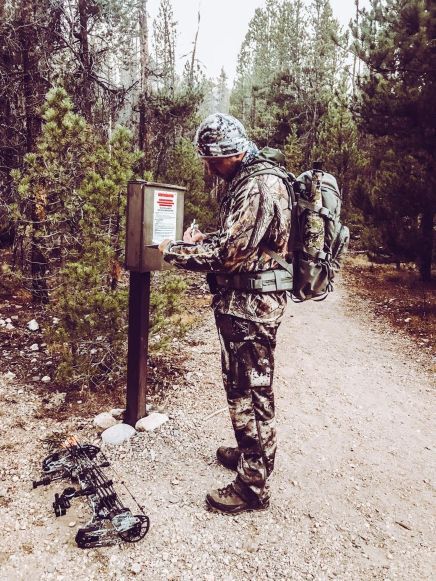
- Glassing in Thick Cover: While open areas allow for easier spotting, elk often reside in dense cover. Use quality optics to scan these areas meticulously, as elk can blend seamlessly into their surroundings.
- Afternoon Hunts: Many hunters focus on early mornings, but afternoons can be equally productive. Elk may still be active, feeding, or transitioning between bedding and feeding areas during this time. A well-planned afternoon hunt can be just as rewarding.
- Ambush and Spot-and-Stalk: If you’ve identified a high-traffic area, setting up an ambush can be effective. Alternatively, spot-and-stalk hunting allows for greater adaptability. Move cautiously, use natural cover, and take advantage of the terrain to remain undetected.
- Calling and Decoying: During the rut, calling is particularly effective. If you're hunting in an open area, using a decoy can add realism to your setup, increasing the likelihood of drawing a bull into range.
Calling Elk
Calling is an art. Done right, it brings bulls charging in. Done wrong, it sends them running.
Types of Calls and When to Use Them
- Bugling: Used by bulls to challenge rivals and attract cows. Best during the rut.
- Cow Calls: Soft, high-pitched mews and chirps can pull a bull in when bugling doesn’t.
- Raking: Simulating an elk rubbing its antlers against trees can provoke a dominant response.
Common Calling Mistakes
- Overcalling: Educates elk and makes them wary.
- Calling Too Loudly: Start soft; bulls may be closer than you think.
- Failing to Move: If a bull won’t come in, change your position to create curiosity.
7. Shot Placement and Ethical Harvesting
A quick, ethical kill is every hunter's responsibility. Understanding elk anatomy and shot placement ensures a clean harvest.
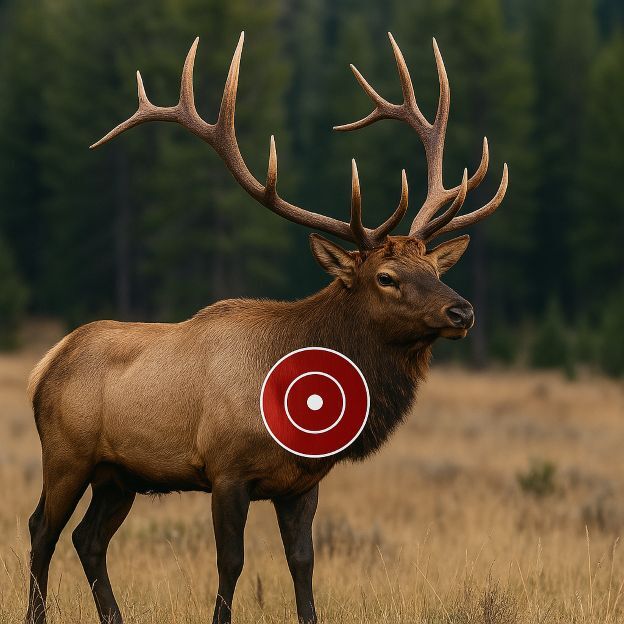
- Aim for Vital Organs: For both bow and rifle hunters, the lungs and heart offer the best targets. A broadside or quartering-away shot is ideal as it provides a clear path to these vital areas.
- Avoid Head and Neck Shots: While they may seem effective, these shots present a higher risk of wounding rather than killing the animal, leading to unnecessary suffering.
- Follow-Up and Tracking: After the shot, observe the elk’s reaction. If it runs, take note of the direction and wait 30-45 minutes before tracking. Look for blood trails and assess the sign carefully to determine how to proceed.
8. Field Dressing and Meat Preservation
Once your elk is down, the real work begins. Proper field dressing and meat care ensure your harvest remains fresh and free from spoilage.
- Gut and Quarter Quickly: Warm temperatures accelerate spoilage. Field dress the elk promptly and, if necessary, quarter the animal to facilitate transport.
- Keep Meat Cool and Dry: Use game bags to protect the meat from dirt and insects. Store the meat in a shaded, well-ventilated area, and transport it as soon as possible.
- Utilize the Entire Animal: From prime cuts to organs, elk provide a substantial amount of meat. Consider donating excess meat if you cannot process it all yourself.
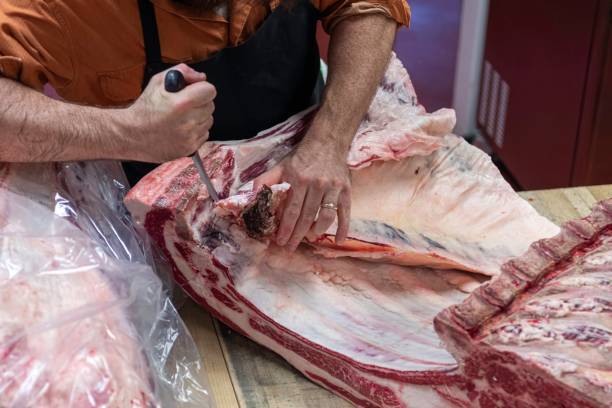
Credit: Akchamczuk
9. Post-Hunt Reflection and Continuous Learning
Every hunt is a learning experience. Take time to reflect on what worked and what didn’t.
- Document Key Insights: Keep a hunting journal detailing weather conditions, elk behavior, and successful strategies. Over time, this data helps refine your approach.
- Network with Other Hunters: Join hunting forums, attend elk hunting seminars, and engage with seasoned hunters. Their insights can offer valuable lessons.
- Adapt and Improve: No two hunts are the same. Stay flexible and continuously refine your skills based on evolving conditions and experiences.
Final Thoughts
Elk hunting is as much about preparation and strategy as it is about persistence and adaptability. By implementing these tips—ranging from scouting and calling to ethical shot placement and meat preservation—you’ll improve your chances of a successful and rewarding hunt.
Hunting elk requires patience, respect for the animal, and a commitment to ethical practices. Whether you're a seasoned hunter or a newcomer, every hunt is an opportunity to grow and refine your skills. Prepare well, hunt responsibly, and enjoy the challenge that elk hunting brings.
